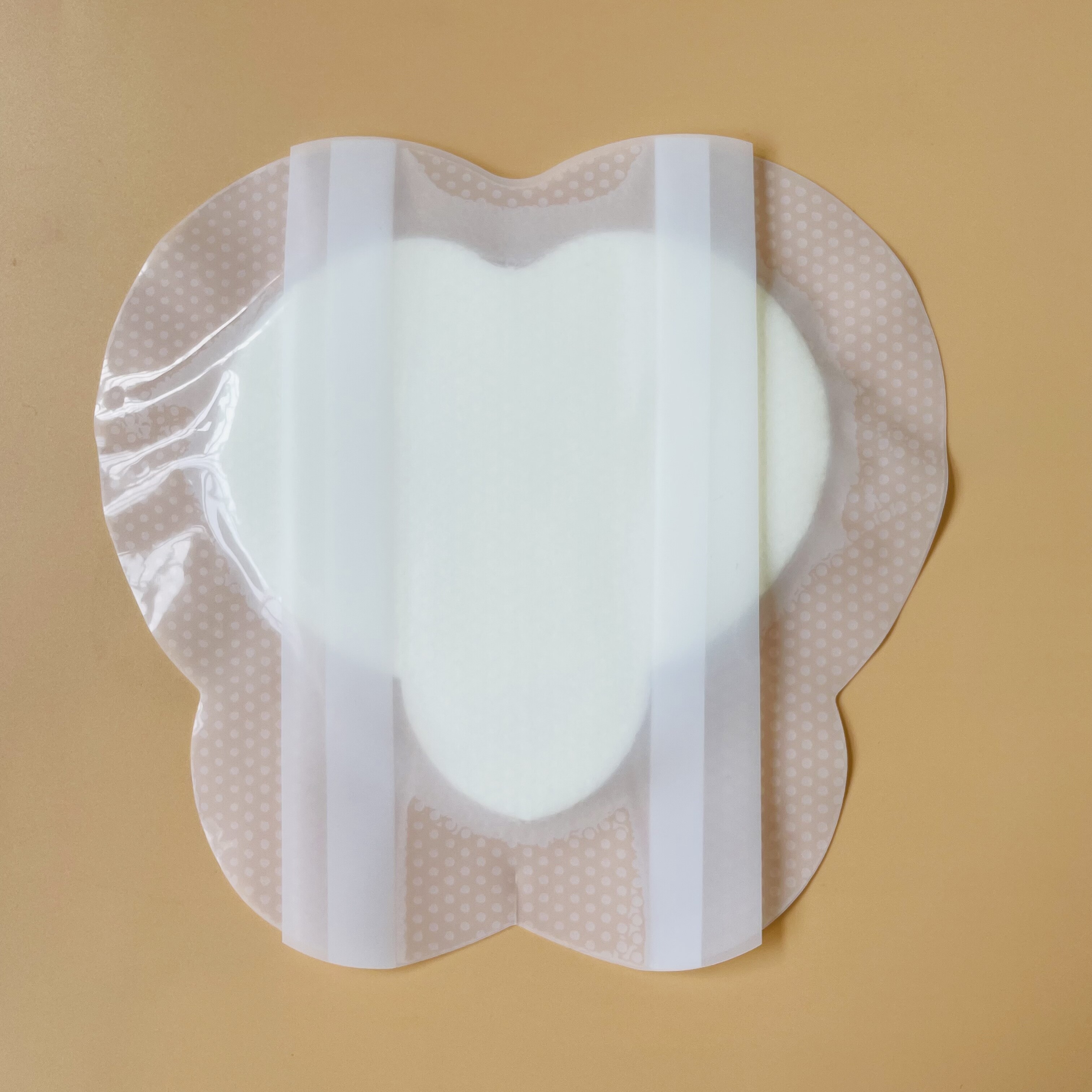Email cannot be empty
Password cannot be empty
Email format error
Email cannot be empty
Email already exists
6-20 characters(letters plus numbers only)
The password is inconsistent
Email format error
Email cannot be empty
Email does not exist
6-20 characters(letters plus numbers only)
The password is inconsistent


The Essential Guide to Wound Dressing: Choosing the Right Supplier
Wound care is an essential aspect of health management that often goes unnoticed until we find ourselves in need of it. Whether it's a minor cut, a surgical incision, or a chronic wound, proper wound care is vital for healing. Central to effective wound care is the choice of the right wound dressing, which protects the wound, promotes healing, and minimizes the risk of infection. An often overlooked but critical factor in this process is selecting a reliable wound dressing supplier. In this blog post, we will explore the significance of wound dressings, the various types available, and how to choose the best supplier for your needs.
Understanding Wound Dressings
Wound dressings serve multiple purposes:
- Protection: They shield the wound from bacteria and external contaminants, which can lead to infections.
- Moisture Management: Maintaining an optimal moisture level is crucial for healing. Some dressings help to keep the wound moist, while others absorb excess fluid.
- Pain Relief: Certain dressings can minimize pain by providing a protective barrier between the wound and external stimuli.
- Promoting Healing: Advanced dressings can enhance the healing process by providing nutrients, oxygen, or specific healing agents.
Understanding these functions is the first step in appreciating the importance of choosing the right wound dressing and, by extension, a reliable wound dressing supplier.
Types of Wound Dressings
There are several types of wound dressings, each designed for specific situations. Here are some of the most common types:
1. Adhesive Bandages
These are perhaps the most familiar type of wound dressing. They are often used for minor cuts and scrapes. Adhesive bandages provide basic protection against dirt and bacteria. Their convenience makes them a staple in home first-aid kits.
2. Gauze Dressings
Gauze dressings are made of absorbent fabric and are available in various sizes. They can be used for a wide range of wounds and are often layered for additional absorption. However, they may require a secondary dressing to hold them in place.
3. Hydrocolloid Dressings
These dressings are known for their ability to maintain a moist environment, which is ideal for healing. Hydrocolloid dressings can absorb exudate while creating a barrier against bacteria. They are particularly useful for wounds like pressure sores and ulcers.
4. Foam Dressings
Foam dressings are designed for wounds with moderate to heavy exudate. They are soft and absorbent, providing cushioning and comfort to the patient. These dressings are often used in post-operative care.
5. Alginate Dressings
Made from seaweed, alginate dressings are highly absorbent and are ideal for wounds with significant exudate. They form a gel-like substance when in contact with wound fluids, which helps to promote healing.
6. Hydrogel Dressings
Hydrogel dressings are excellent for dry or necrotic wounds. They provide moisture and help debride dead tissue, promoting a healthier wound bed.
7. Antimicrobial Dressings
These dressings contain agents that inhibit bacterial growth, making them suitable for infected wounds or those at high risk of infection. They can be made from various materials and are often used in hospital settings.

The Role of a Wound Dressing Supplier
Once you understand the different types of wound dressings, the next step is finding a reliable wound dressing supplier. This decision can significantly impact the quality of care you receive, whether you are a healthcare professional or an individual caring for a loved one.
Why is Choosing the Right Supplier Important?
Quality Assurance: A reputable supplier provides high-quality products that meet safety and efficacy standards. This is crucial for effective wound care.
Product Variety: A good supplier will offer a wide range of products, allowing you to choose the most suitable dressing for your specific needs.
Availability: Ensuring that the supplier has a consistent inventory means you can rely on them when you need supplies the most.
Expert Guidance: A knowledgeable supplier can offer advice on the best products for your situation, taking into account factors like the type of wound and patient needs.
Competitive Pricing: Quality wound dressings can be expensive, so finding a supplier that offers competitive prices without compromising on quality is essential.
How to Choose the Right Wound Dressing Supplier
Choosing the right wound dressing supplier requires careful consideration. Here are some tips to help you make an informed decision:
1. Research and Reviews
Start by researching potential suppliers online. Look for reviews and testimonials from other customers. Websites, forums, and social media can provide insights into a supplier's reputation and reliability.
2. Check Product Range
Ensure that the supplier offers a wide range of wound dressings, including those that meet your specific needs. A good supplier should stock various types of dressings, including specialized options.
3. Certifications and Compliance
Check if the supplier’s products are compliant with industry standards. Look for certifications from recognized organizations that ensure the products are safe and effective.
4. Customer Service
Evaluate the level of customer service provided by the supplier. A responsive and knowledgeable team can make a significant difference, especially when you need assistance or guidance.
5. Pricing and Payment Options
Compare prices from different suppliers. While cost should not be the only factor, finding a supplier that offers fair pricing and flexible payment options can help manage budgets.
6. Shipping and Delivery
Consider the shipping policies and delivery times of the supplier. Fast and reliable delivery is crucial, especially when dealing with urgent wound care needs.
7. Trial Samples
Some suppliers may offer trial samples of their products. Taking advantage of this can help you assess the quality and suitability of the dressings before making a larger purchase.
The Importance of Continuous Learning in Wound Care
The field of wound care is continually evolving, with new products and techniques emerging regularly. As a healthcare provider or caregiver, staying updated on the latest developments is essential. Participating in workshops, conferences, and online courses can enhance your knowledge and ensure you are using the best practices in wound care.
Conclusion
In conclusion, proper wound care is crucial for promoting healing and preventing complications. The choice of a reliable wound dressing supplier plays a significant role in this process. By understanding the types of wound dressings available and the factors to consider when selecting a supplier, you can ensure that you are well-equipped to provide effective care.
Whether you are managing a minor cut or a more complex wound, taking the time to choose the right products and suppliers can make all the difference. Remember, effective wound care not only accelerates healing but also enhances the quality of life for patients. So, invest the time and effort in finding a trusted supplier who meets your wound care needs and contributes to successful healing outcomes.

